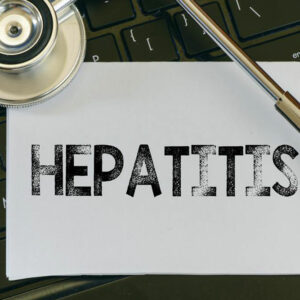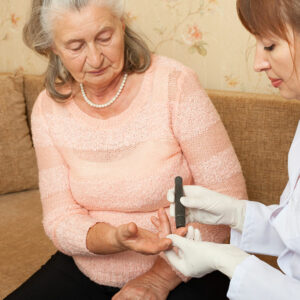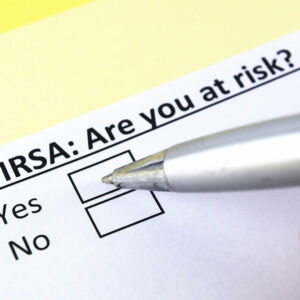
01
Hepatitis C – Causes, Symptoms and Treatment Methods
Hepatitis C is a viral liver disease which is also contagious. The disease spreads via blood contact and it is necessary to avoid any exposure to the hepatitis C virus. The infection can go on to be chronic and can be treated with medications. HCV can also cause liver cancer and in some worse conditions, it can also lead to death. The virus usually invades the liver which causes dysfunction and swelling. It is possible for a person to get re-infected with the virus that has a different strain. Symptoms of HCV Acute Hepatitis C Due to the lack of definitive symptoms, acute hepatitis C is very rarely diagnosed. People even refer to it as a silent epidemic. From exposure to symptoms, it takes up to 4 to 15 weeks. Symptoms of the same could be nausea, joint pain, abdominal discomfort, and jaundice. Chronic Hepatitis C When the virus remains in the blood for more than six months, hepatitis becomes chronic. During diagnosis, if the HCV virus is detected for more than two times then the chronic HCV is confirmed. The infection will continue unless it is treated with proper medication. It should be noted that after 25 to 30 years the infection might result in scarring or even fibrosis of the liver. If the situation worsens then it can cause liver cancer and even liver failure. The damage of the disease is not apparent until the liver is almost on the verge of collapse. Proper treatments for Hep C are the only way to go in this case. Causes of HCV Hepatitis C is caused by the HCV virus. Viruses are usually inactive unless they enter a living body. These viruses then attack the cell and start replicating. In case of chronic HCV, millions of copies of the virus are produced in the body.
Read More 










